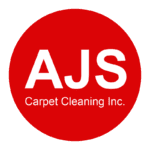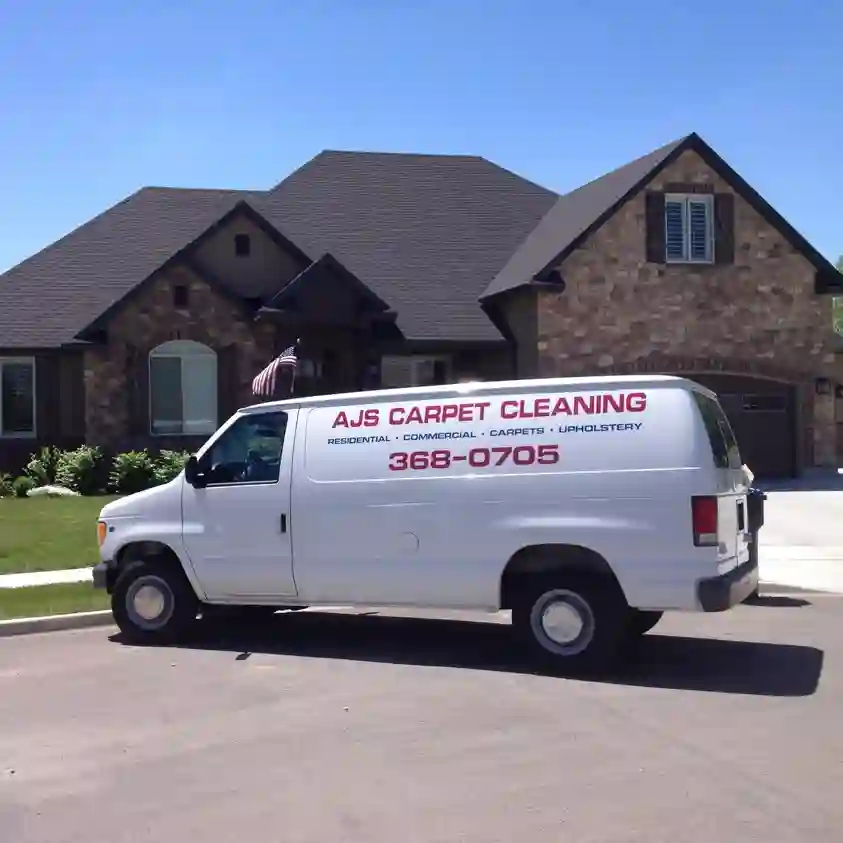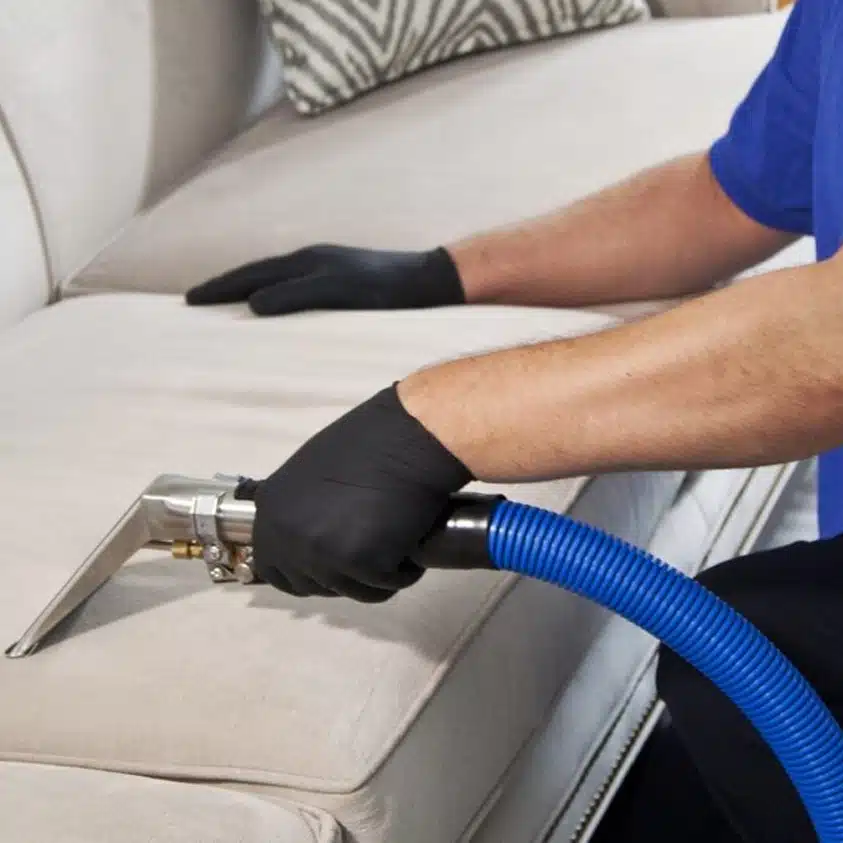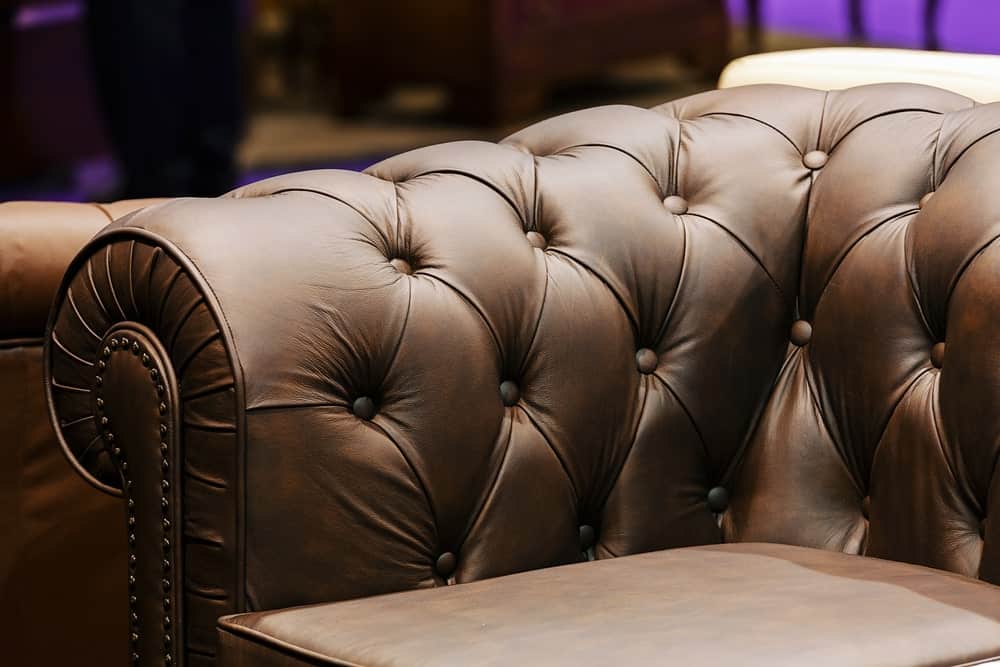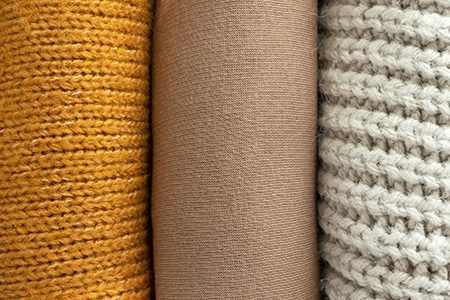Professionally cleaning your upholstered furniture offers several benefits:
Deep Cleaning:
Professional cleaners use specialized equipment and techniques to deeply clean upholstery, removing dirt, allergens, and contaminants that regular home cleaning methods might miss.
Extended Furniture Life:
Dirt and grime can wear down and degrade upholstery fibers over time. Regular professional cleaning can help extend the life of your furniture by removing these abrasive substances.
Stain Removal:
Professionals have the tools and expertise to remove tough stains without damaging the fabric. They can identify the type of stain and the type of fabric to determine the best cleaning method.
Health Benefits:
Upholstered furniture can harbor allergens like dust mites, pet dander, and pollen. A professional cleaning can help reduce these allergens, improving indoor air quality and potentially benefiting those with allergies or respiratory issues.
Odor Removal:
Over time, upholstered furniture can absorb odors from pets, spills, smoke, and other sources. Professional cleaning can help neutralize and remove these odors, leaving your furniture smelling fresh.
Safe Cleaning Methods:
Professionals train to recognize different types of upholstery materials and know which cleaning methods and products are safe and effective for each. This reduces the risk of damage or discoloration.
Appearance:
Regular professional cleaning can help maintain the vibrant color, texture, and overall appearance of your furniture, making it look newer for longer.
Protective Treatments:
Many professional cleaners offer protective treatments that can be applied after cleaning. These treatments can help repel stains and spills, making future cleanings easier and extending the time between cleanings.
Saves Time and Effort:
Cleaning upholstery can be time-consuming and labor-intensive. Hiring a professional can save you the effort and ensure a thorough job.
Economic:
While professional cleaning incurs a cost, it can be more economical in the long run. Maintaining your furniture in good condition might mean you don’t need to replace it as often.
Expertise:
